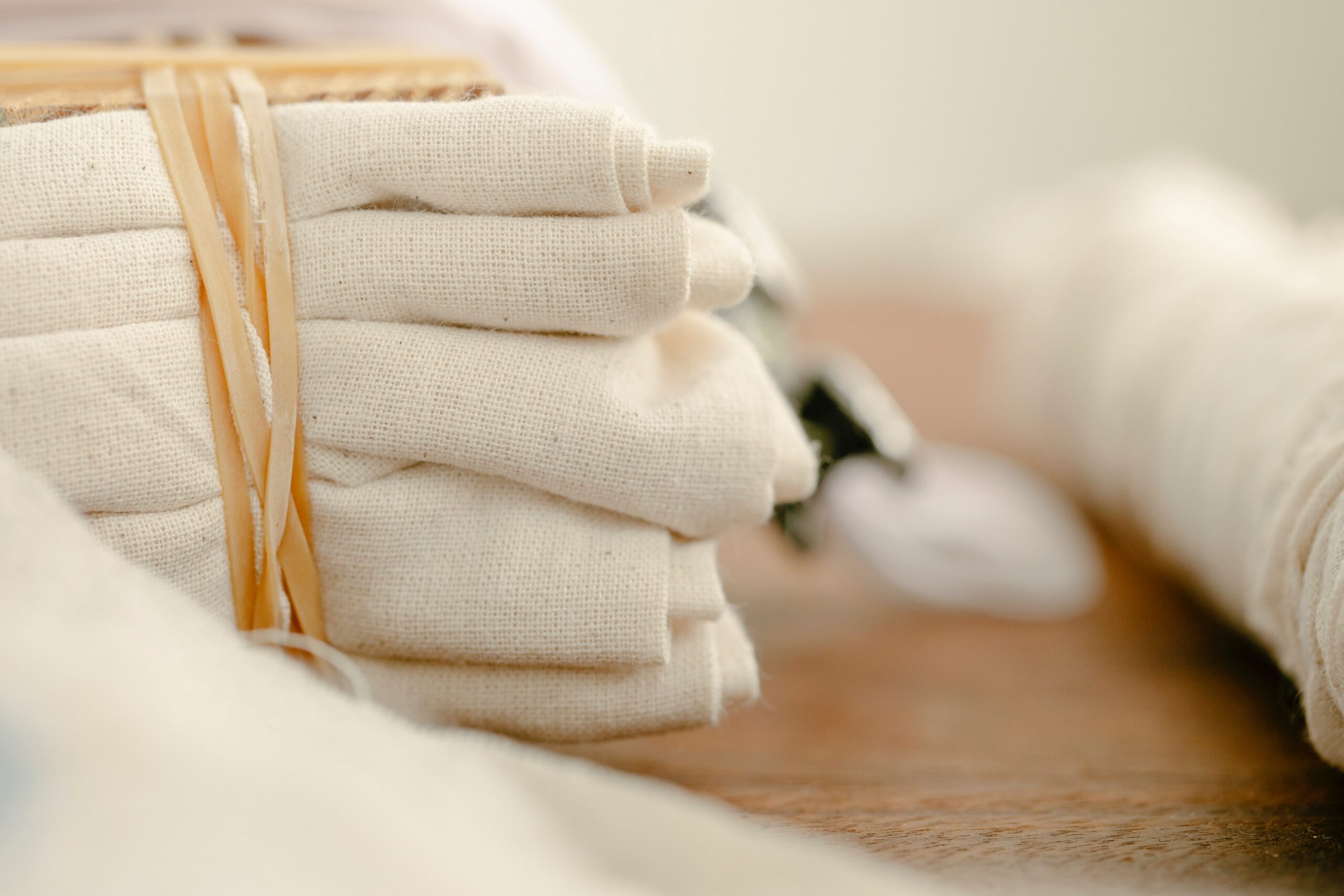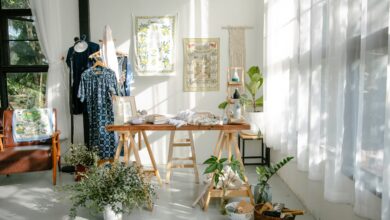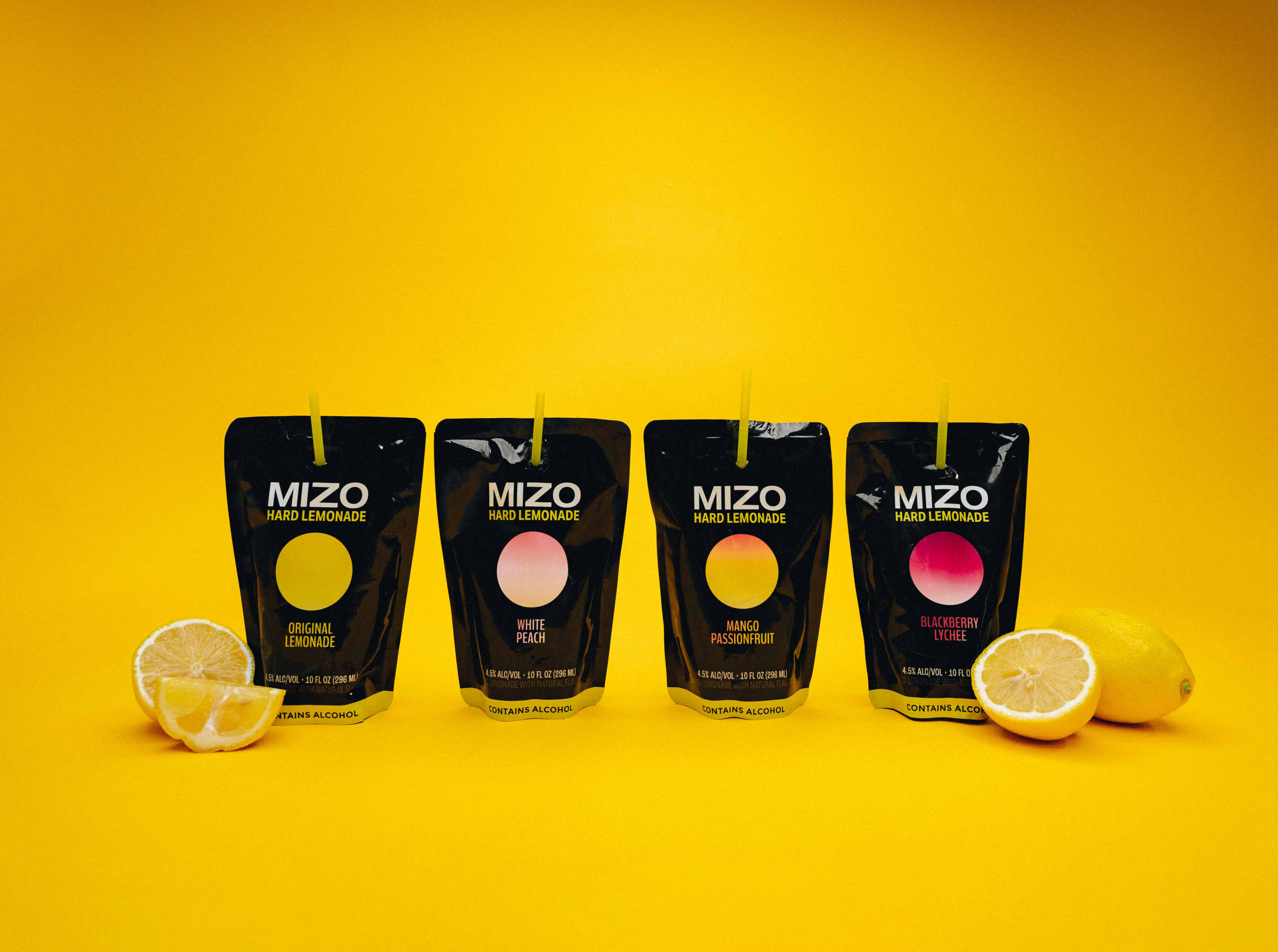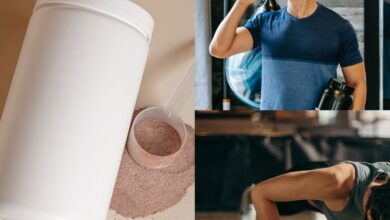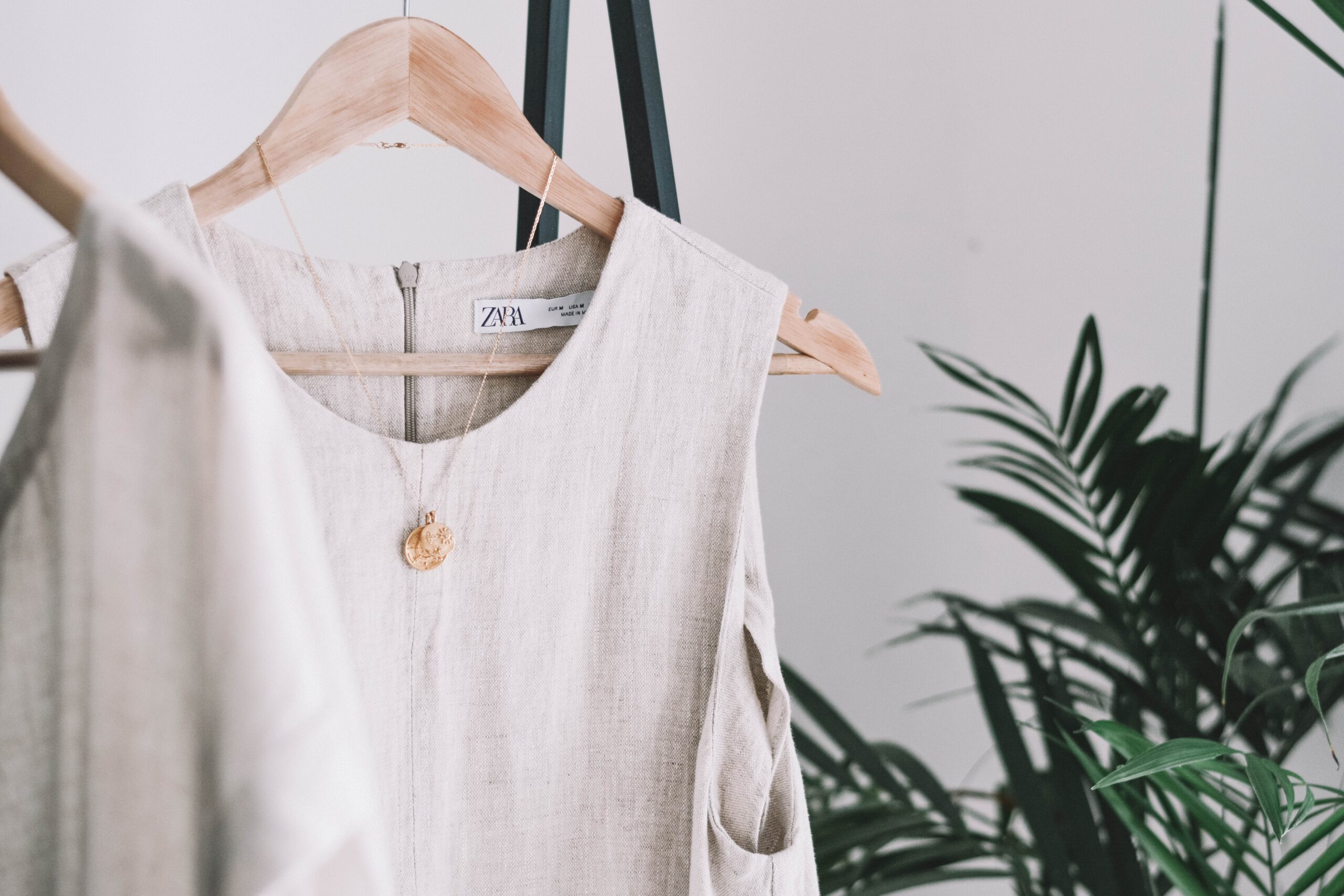Thanks to multiple social media platforms and e-commerce websites, along with the help of influencers and celebrities, the fashion industry has made it easier and quicker to capitalize on and release new trends. Right now, we hear more about “old money style/aesthetic”, “sustainable fashion”, and “quiet luxury”, among other concepts.
There is, however, one pattern we have noticed that has been dominating Google searches for weeks: linen/linen clothing. While its history is dated to 36,000 years ago by Neolithic peoples in Europe, and has consistently been used for millennia, how is it only projected as the key fashion trend in 2021 and more brands are launching their linen collections today? On this page at NeedThat, we find out what it is, what its benefits are, and how it is made.
What about linen
Linen is a textile made from the fibers of the flax plant. It’s considered to be the world’s oldest fabric, with a history going back to the Neolithic period and ancient civilizations including Mesopotamia and ancient Egypt. Whether molded for everyday clothing or luxury garments, it has been in use and in style ever since – adapting with time, change, and innovation.
Now, linen is basically a sub-industry in the making. A 2020 report shared that the global market for bed and bath linen alone is projected to come close to $100 billion by 2027. If you factor in its comeback in the fashion industry because more brands are using it as an alternative to cotton and as a sustainability movement, it’s definitely becoming a great investment for all stakeholders.
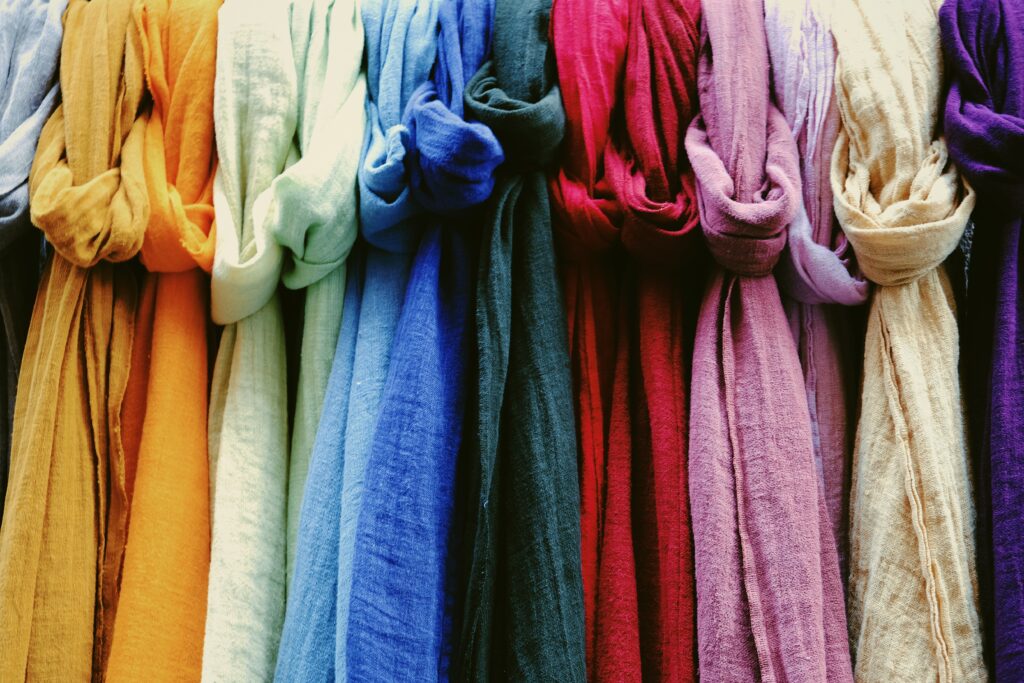
Benefits of linen
From how it is made to how it is designed and worn, linen fabric carries superior properties to its popular counterpart cotton. It’s stronger, more absorbent and dries faster, heavier yet more breathable, thereby making it the prime choice both in winter and especially in summer.
All-year-round go-to fabric
Linen’s molecular structure allows its hollow-shaped fibers to be highly absorbent and breathable, able to soak up to 20% of their weight in moisture before our naked eyes see any dampness or wetness resurface. It’s so comfortable that you feel as if wearing a natural ventilator that actively cools your body all day long. In the same vein, it’s also a natural insulator that can trap the heat of your body and keep you warm during winter. This is why linen is so versatile. See how it was used in places with different climates in early times (e.g. ancient Europe, Egypt, and Mesopotamia)? It also has temperature-regulating properties. It can be a refreshing style in summer and a wonderful layer in winter.
Applicable anywhere
Speaking of moisture, linen is extremely moisture-wicking. This explains why the textile is also one of the most used materials in household items, such as linen sheets, bedding, curtains, bath towels, and more.
Lasts beyond seasons and decades
Additional factors why clothing brands and manufacturers love linen are its durability and longevity. It’s ranked second to silk as one of the world’s most robust natural fibers. Its strong flax fibers enable its finished products to last beyond seasons and decades, especially when consumers look after it with proper care and washing.
Saves the planet
The rise of linen is powered by the global sustainability movement, where more and more consumers are becoming consciously aware of what they wear and which brands they buy from. Linen is having a big moment, especially in the eco-friendly fashion scene, because it’s one of the greenest, and most versatile and sustainable fabrics around. Starting from its source to manufacturing and after use, it can be produced without damaging the environment.
Flax plants have high profitability in cultivation both in temperate and tropical regions. They can even flourish in subpar environments with less water and needless fertilizer cultivation, making the entire procedure far more ecologically friendly and economical for manufacturers and brands. Lastly, linen’s finished products are completely biodegradable. While a linen shirt and linen pants can be used and stored for decades, they can decompose in as little as two weeks, especially when they’re completely pure and placed in the right environment and condition.
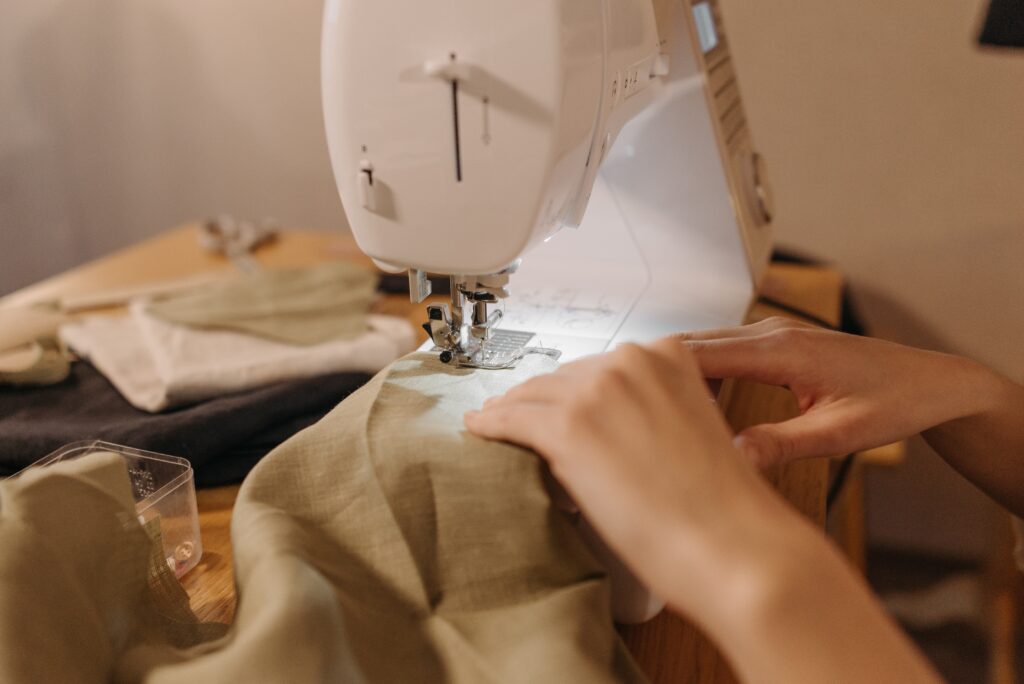
How linen is made
Understanding other linen’s magical properties begin with knowing how it is made. Its finicky process creates an opportunity in crafting different kinds that would be more suitable to a location’s weather, type of apparel, and household furniture. In overview, the process circulates around the following steps:
Planting → Growth → Harvesting → Fiber separation → Breaking → Combing → Spinning → Reeling → Drying
- Planting: Flax plants are planted.
- Growth: Flax seeds are usually sown with machines. Herbicides and tilling are typically used to prevent decreased flax crop yields.
- Harvesting: Flax plants are ready to be harvested when their stems turn yellow and their seeds become brown.
- Fiber separation: Once harvested, flax stalks are put through a machine to pass through various processes of extraction like retting and scutching to remove the leaves and seeds.
- Breaking: The extracted flax stalks are then torn up, separating and setting aside the useful inner fibers from the unusable outer strands. The latter isn’t put to waste because it can be utilized to complete other various products like oil or food. Flax plants are the epitome of zero-waste management in one life cycle.
- Combing: The reserved inner fibers may now be combed into fine strands and prepared for spinning.
- Spinning: These short, combed strands are linked together using tools called spreaders to create resulting strings called rovings, which are then prepared for spinning into flax fibers.
- Reeling: The produced resulting yarn after being spun on a spinning frame is reeled onto a bobbin.
- Drying: The final yarn is then dried by the flax manufacturers before being wound onto bobbins. Once the yarn has been colored, processed, and turned into clothing, home décor, or other textile items, it is ready for production.
There are many different types of linen as there are many uses for it. In the fashion industry, consumers are using and searching more about Irish Linen, Belgian Flax Linen, and Japanese Linen.
Apart from shirts and blazers, Irish linen is often considered the best material for high-quality handkerchiefs. Cultivated and practiced for generations in Ireland, it’s one of the world’s best and purest linen types for its 100% flax fibers, finer and denser weave, softer feel, and fewer slubs and repairs.
Also cultivated and manufactured in Europe, Belgian linen is made from European flax which is the only natural fiber that is cultivated, grown, and harvested in Western Europe. On the other side of the world, Japanese linen is slowly gaining popularity due to its minimal washing and treatment properties.
Linen has been on earth for millennia and has been used for several functions and designs. Now with today’s advanced technology and sustainability ventures, it looks like the textile is headed for a much more vast application, and we’re excited to see how our generation will innovate it.
Check NeedThat to stay ahead of what’s hot and not in the consumer industry. We provide product reviews, comparisons, guides, and small business discoveries.
